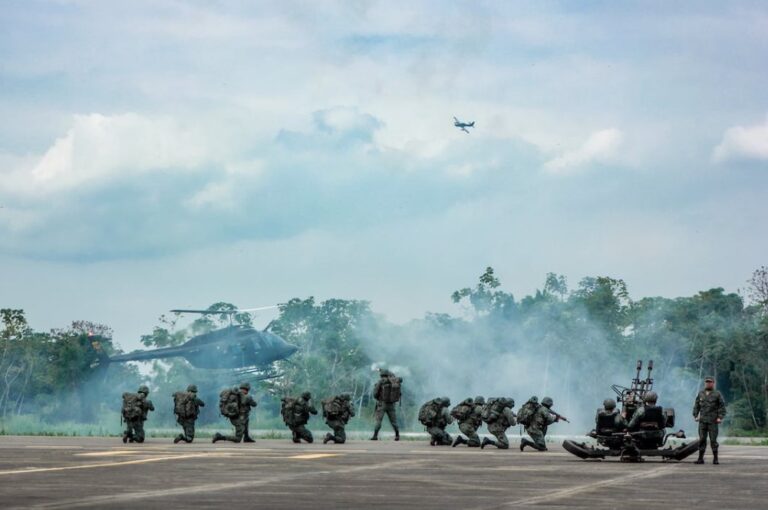We are facing what could be a crucial turning point for the war in Ukraine. With the increasingly aggressive threat of a nuclear attack by Russia, and increasingly unsustainable costs of a protracted conflict. But how much the West spends on arms to Kiev?
Table of Contents
How much the West spends on arming Ukraine
Russia is isolated, at least on the Western front. What can be said with certainty now is how much Western countries are spending to militarily help Ukraine defend itself against Moscow.
According to data published by the Kiel Institute For the World Economy-IFW, so far Kiev has received weapons worth a total of 65.34 billion euros.
And the very large part, 44.34 billion, corresponding to 67.9 percent of the total, has been sent by the United States.
While in other types of aid, for example financial aid, the Europeans prevail, in the area of military assistance the U.S. government is number one.
After Washington, the one to have delivered the most weapons to Ukraine was the United Kingdom, but we are talking about only 4.89 billion, a full 9 times less.
Poland and Germany follow, with 2.43 and 2.36 billion, respectively. This is at the individual country level, but also supporting Kiev are the European institutions, with 3.1 billion euros allocated directly from Brussels, through the European Peace Facility (EPF), a budgetary instrument part of the Common Foreign and Security Policy.
How much we have spent on other wars
It is interesting to note the comparison between the financial and military effort of Western countries on behalf of Ukraine and that in other wars in which they have been involved.
In relation to national GDP, the U.S. spent the equivalent of 0.21 percent on the Ukrainian war, the U.K. 0.18 percent, less than what the Americans allocated in Afghanistan, averaging 0.25 percent annually between 2001 and 2010, or in Iraq, 0.67 percent.
In the Vietnam War between 1969 and 1975 each year the U.S. had shelled out on armaments the equivalent of 0.96 percent of its Gross Domestic Product. But the biggest bloodletting came with the Gulf War of 1990-1991, in which 0.99 percent of GDP was committed. Germany had also spent much more then than now, 0.55 percent of its GDP, now less than 0.1 percent.
Now, there is as we know no direct involvement of Western armies, but these numbers indicate that theoretically at the financial level an even greater commitment by the U.S. and its allies would be possible.
Not just weapons: the other aid to Ukraine
We should not forget that Kiev is also receiving humanitarian and financial aid, in addition to weapons. 12.08 billion the former and 66.21 billion the latter.
The EU as such has allocated 30.32 billion, while the U.S. less. Here again, however, it is useful to make a distinction: while the European ones are loans, that is, to be repaid, the U.S. ones are grants.
All this aid must be added to that for refugee management, 27.32 billion in all. Bearing more than half of this cost are Germany and Poland, which have allocated 6.81 and 8.36 billion respectively.
Countries spending the most on arms to Ukraine
In summary, here is the picture of who is helping Ukraine the most, militarily, in its counteroffensive against Russia.
The countries spending the most on arms to Ukraine in absolute value, in billions, are:
- US: 44.34 bn
- UK: 4.89 bn
- EU: 3.1 bln
- Poland: 2.43 bln
- Germany: 2.36 bln
- Canada: 1.29 bln
- Netherlands: 0.86 bln
- Italy: 0.66 bln
- France: 0.66 bln
- Norway: 0.59 bln
Countries that spend the most on arms to Ukraine in relative value, compared to their total military spending:
- Estonia: 48%
- Latvia: 41.50%
- Lithuania: 26.70%
- Bulgaria: 23.34%
- Poland: 20.97%
- Luxembourg: 20.57%
- Czech Republic: 13.83%
- Slovakia: 13.12%
- Denmark: 12.29%
- Slovenia: 9.67%.
Read also: Elections in Slovakia, pro-Russian premier Robert Fico returns to power: “No more weapons to Kiev”












